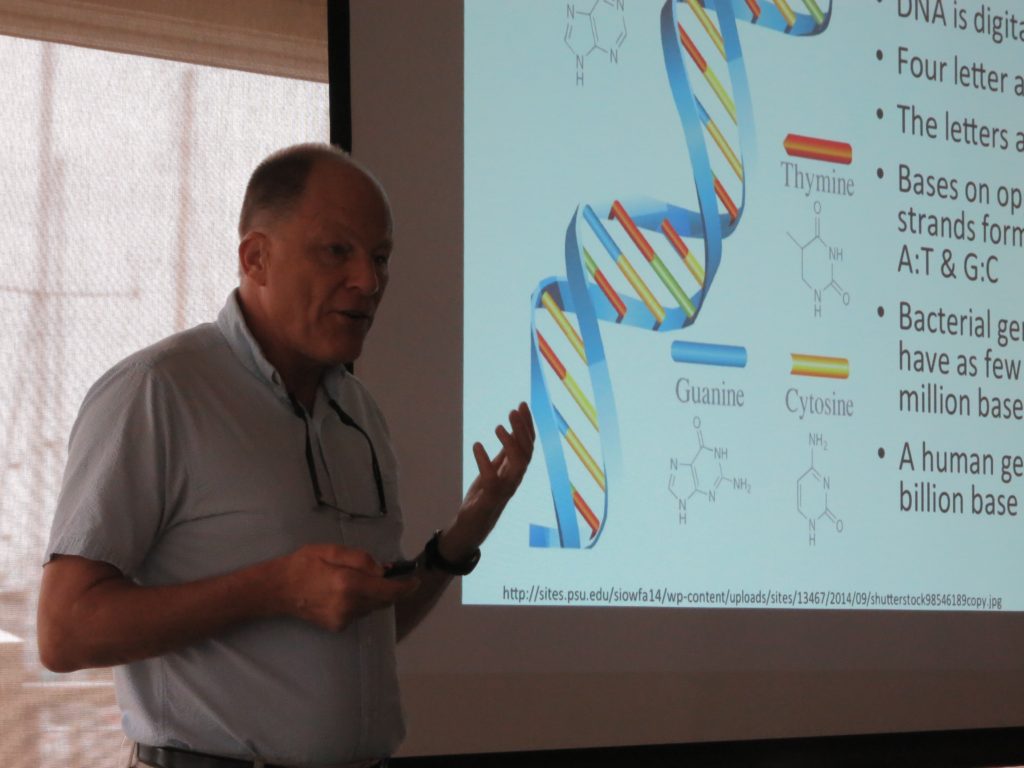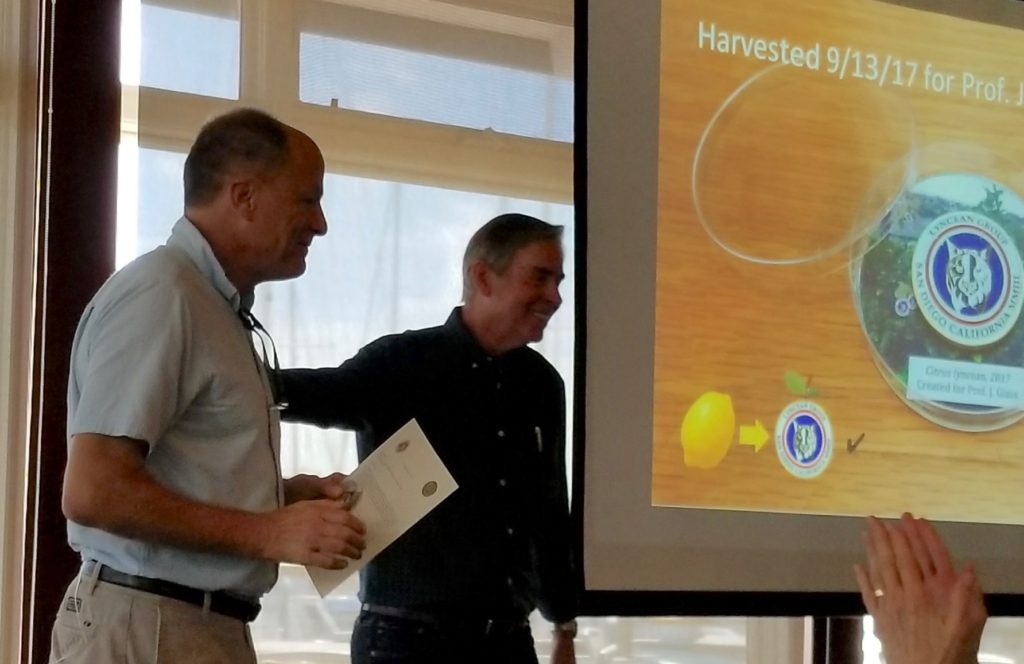Engineering Life Using CRISPRs and Synthetic Biology
Dr. John Glass
Professor & Group Leader, Synthetic Biology & Bioenergy Group
J. Craig Venter Institute
If the 20th century was the century of physics, the 21st century is century of biology. Development of new technologies for the engineering of living systems occurs at a dizzying pace. Perhaps one of the most unexpected new findings, CRISPR-Cas technology, is revolutionizing biology by enabling scientists to edit the genomes of organisms spanning the entire tree of life. The term editing genomes means to make changes in the genetic material of living cells and viruses. Using CRISPR-Cas and related technologies scientists have made hornless dairy cows, produced algae that make twice as much oil as wild type strains, completely eliminated HIV integrated into the genomes of infected animals, corrected a mutation in a human embryo that causes a potentially fatal heart condition, to list just a few of recent remarkable accomplishments. In his Lyncean Group presentation on September 13th, Dr. Glass will explain:
- What CRISPR-Cas genome editing technology is and how it works
- What discoveries led to development of the CRISPR-Cas technology
- Give examples of how it is currently being used to solve problems in medicine, agriculture, industry, and basic science
- Discuss the ongoing court battles to determine who owns the patent rights for the technology
- Discuss the ongoing debate over the use of genome editing technology to produce designer organisms, which includes changing the germ lines of humans to repair mutations and possible to make genetically enhanced people
- Talk about how genome editing and other new technologies will be used to advance science over the next few years focusing on the creation of synthetic life
Prof. Glass’s presentation can be downloaded by clicking on this link:
The meeting slides, including the coin presentation can be downloaded by clicking on this link:


